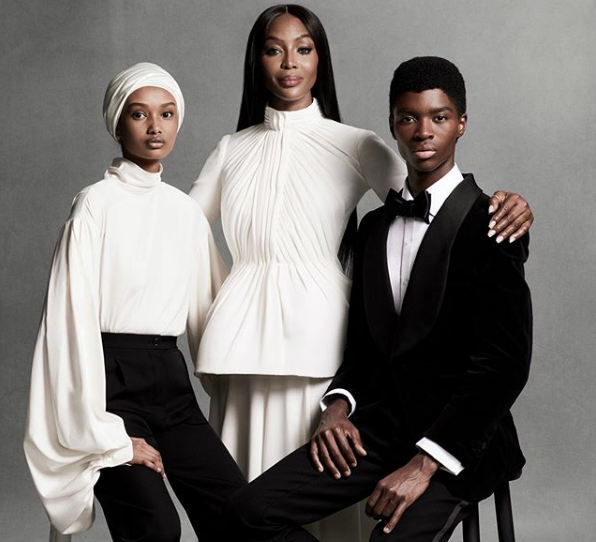It’s a wonderful sight to see women of color grace the covers of magazines that circulate around the world. As of recently, we’ve seen Gabrielle Union for InStyle, Naomi Campbell and Lizzo for Vogue, Liya Kebede for Harper’s Bazaar, Cardi B for ELLE, etc. And it’s true … representation in media is an important step on the way to creating change. But what does it say about these companies when they’re not employing Black people to generate the work behind the cover. For all intents and purposes, a cover is, at best, a performative action. Putting a Black woman on the cover of a magazine when it’s ‘popular’ and ‘trendy’ does not equate to working against systemic racism for change. Black people do need to have their voices heard and magazines are fortunate enough to have the ability to amplify those voices, but you cannot slap some melanin on the cover of your magazine and then call it a day.
This whole summer has been a tipping point where we are only just starting to recognize the inequality that Black people experience in the fashion world. A lot of brands have been outspoken about supporting the Black Lives Matter Movement by increasing diversity on runways, implementing new positions, and giving the spotlight to Black voices. A true ally is someone who takes initiative when they are presented with the opportunity to create real change. Have we really seen change from any of these publications? Harper’s Bazaar has been one of the few outlets to actually put in effort regarding the issue of diversity by naming its first ever Black editor-in-chief, Samira Nasr.
Anna Wintour, creative director of Conde Nast and editor-in-chief of Vogue, was very quick to affirm that it was she who was the first to put a Black woman, Beverly Johnson, on a magazine cover. Earlier this year, Johnson herself fired back at Wintour in the Washington Post saying, “I was reprimanded for requesting Black photographers, makeup artists and hairstylists for photo shoots. Silence on race was then — and still is — the cost of admission to the fashion industry’s top echelons.”
It took Beyoncé’s influence in 2018 to attain the first Black photographer for Vogue in 125 years. Carlos Nazzario, who styled Lizzo and Naomi Campbell for Vogue these past two months, became the first Black stylist for the publication since its creation. In an attempt at remedying the racial tension amidst a global movement, Wintour released a statement saying, “I want to say plainly that I know Vogue has not found enough ways to elevate and give space to Black editors, writers, photographers, designers and other creators. We have made mistakes too…I take full responsibility for those mistakes. It can’t be easy to be a Black employee at Vogue, and there are too few of you. I know that it is not enough to say we will do better, but we will.” In doing so, the 32-year editor-in-chief promoted Fashion News Director Chioma Nnadi to editor-in-chief of Vogue Online.
It is apparent that Vogue is taking the necessary steps to get to a place of racial equality, but the steps are moving inch-by-inch and not so much willingly as it is a necessity due to outward pressures. In 2019, ELLE Germany was scrutinized for referring to Black people on runways as a trend. If we’re being honest, though, people in the fashion world, both brands and publications, treat people of color in this way without really saying it out loud. It took a worldwide Black Lives Matter movement to put Naomi Campbell on the cover of Vogue so she could talk about her experiences with racism. Adesuwa Aighewi, a Nigerian model said it best when she took to Instagram writing, “…this isn’t a game. Black trauma is sold daily and marketed and I myself am a part of it. I am sick. Physically sick. So much so I’ve been in hiding. It’s fucking traumatizing being Black.”
Fashion brands are playing a similar racial game. You have brands like Fendi saying they feel they don’t need to appoint any positions that monitor inclusivity. Brands like Jacquemus are acting as champions of inclusion and diversity on their runways while they have a team that severely lacks in the diversity that they are trying to promote.
Some brands, like Gucci and Prada, are taking steps toward making the change by implementing diversity and inclusion officers within their company. What brands are lacking right now is the transparency to showing what their plans are to make sustainable and long-term change. What does a diversity and inclusion officer even do? How are they ensuring that the brands reflect a diverse and inclusive environment? Fashion-related businesses need to acknowledge their shortcomings in the past and present their diversity plans to the public so that they can be held accountable.

